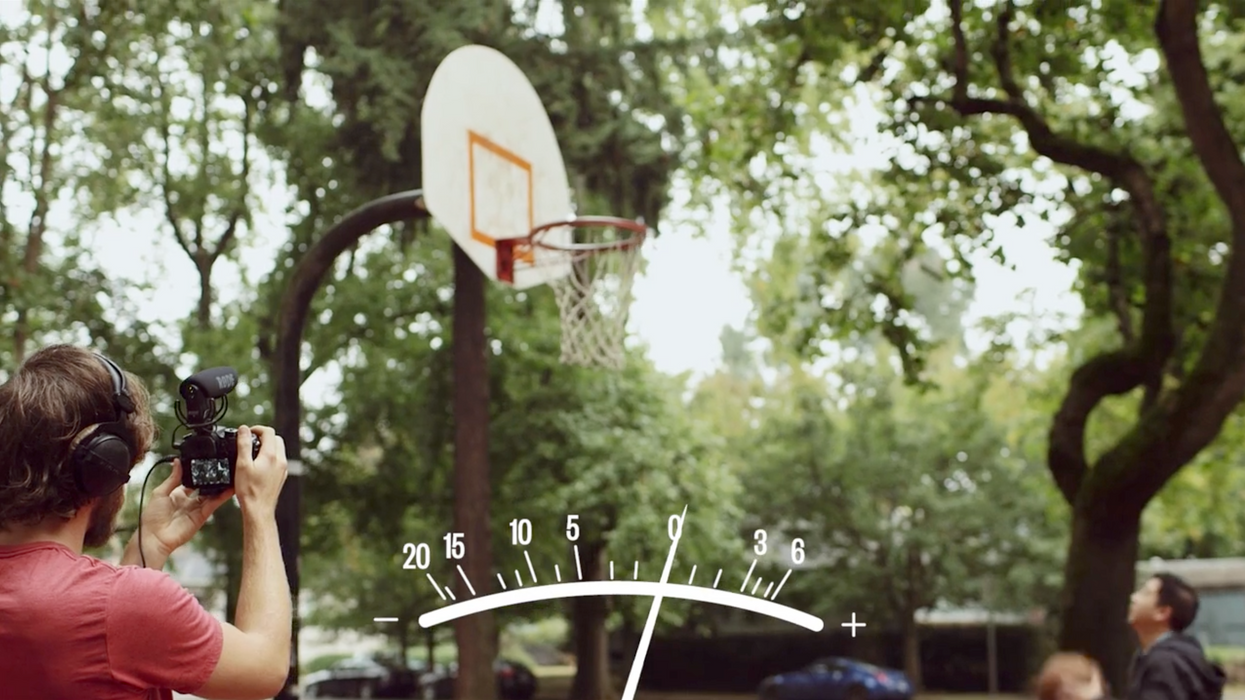How to Record Great Sounding Natural & Ambient Audio In-Camera
No budget for a dedicated sound recordist/mixer? No access to sound equipment other than a video mic for your camera? No problem.

As part of their recent partnership with Vimeo, the fine folks at Story & Heart are releasing select Academy of Storytellers tutorials for free as part of the Vimeo Video School. And the video they released yesterday might very well be one of their best yet, particularly if you're a low-budget shooter looking to drastically improve the quality of the audio you record.
The tutorial features Jeremy Bircher, founder of Portland post production company Boom Sizzle, and it's all about how to effectively capture natural and ambient sounds when all you have is a camera and a video mic. Check it out:
In the video, Jeremy talks about the three types of natural audio that you're likely to encounter in a shoot, and he shares his best practices for capturing each type of audio. Keep in mind that these tips are great for solo shooters, but they're equally applicable if you're using thousands of dollars worth of audio gear. Here are the three types of sounds and the Story & Heart descriptions of each:
Transient sounds
Transient sounds happen quickly and abruptly. They arise sharply and cease almost instantly. Think of a footstep, a plate smashing on the ground, or a punch to the gut.
Evolving Sounds
Contrary to transient sounds, evolving sounds hang around for awhile and persist. These noises may be introduced slowly or quickly, but ultimately they decay much slower than transient sounds. In some cases, they may never completely go away. As examples, fondly recall the car horn outside your window that failed to abate, the incessant buzz of an overhead fluorescent light, or the ancient grumble of the office freight elevator.
Speech
Speech sound effects are kinda self-explanatory: they involve the voice. You may hear them referred to as “walla.” Often, these are the background conversations that make a scene feel human.
In terms of recording each type of sound, the biggest takeaway from the video is that you should consider the perspective from which the audience will hear each sound. For instance, the sound of footsteps in snow is completely different when recorded from 3 feet away, 20 feet away, and 20 yards away. Depending on the types of shots that you capture, you'll want to focus on recording sounds from a certain distance (or a combination of distances) in order accurately replicate the sounds as they occur from each perspective.
The Academy of Storytellers is currently running a promotion until Friday evening where you get $80 off a year of membership and 25% off a Vimeo Pro subscription. If you're interested, check out their registration page for more information and use the code "awesomesauce" at checkout. Also be sure to leave your best tips for recording great location audio down in the comments!
Source: Vimeo Blog










![Ethos, Pathos, Logos: 20 Effective Ways to Advertise [Infographic]](https://nofilmschool.com/media-library/ethos-pathos-logos-20-effective-ways-to-advertise-infographic.jpg?id=34064614&width=600&height=600&quality=90&coordinates=560%2C0%2C0%2C0)

